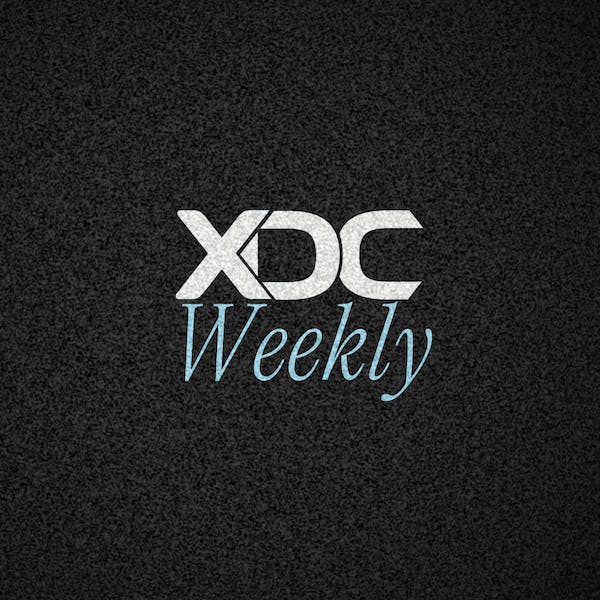I’m just alright with computers.
I mean, I’m functional, computer literate. I work from home, as a writer, and obviously typewriters aren’t a thing anymore. To start, I have the Microsoft Office Suite down pat. I’m pretty good at Photoshop, Lightroom, and Acrobat, as long as we don’t go too crazy. Basically, I’m that guy whose uncle thinks he’s some sort of tech wizard, but who is really just a very functional user of computer technology.
Under the hood? Forget it. As soon as I’m forced to go into Terminal on my Macbook, that’s enough for me. Too many periods or forward slashes and I get nervous. I ran a Wordpress blog for years, but I don’t know the first thing about HTML. And that time I successfully jailbroke my iPod touch a decade ago still feels like a lifetime achievement.
The same applies to blockchain. As an enthusiast, I’ve learned a ton about these emerging technologies. I can buy, sell, and send tokens, including NFTs — and I can look up contract addresses to add to my wallet. I’ve even managed to make sense of the more complex use cases in crypto to the point where I write about them in ways that make them easier for the public to understand. But don’t expect me to read or write any code.
Yet, somehow, I created my first token last week. According to my phone’s stopwatch, it only took me 1 minute and 25 seconds to create the Dave Marc Contract, with a circulation of 25 tokens, on the XDC Network. A guy who crumbles at the sight of this symbol } has a self-created Layer 2 token on the XDC Network, and it’s all thanks to XDC’s Origin.
Origin allows anyone to mint a token on the XDC Network without writing a single line of code. The whole creation process cost me $0.00004876 — under five thousandths of a cent. This is a far cry from the Ethereum gas fees, which are massive enough to restrict creation and usage of Layer 2 network tokens.
With Origin, all you need is an idea, a name, a circulating supply, a symbol for your token — and boom — you can create a permanent token that can outlast you on this planet. Furthermore, XDC’s Origin allows you to manage the tokenomics through minting and burning. You can also pause your contract, or transfer contract ownership.
The Dave Marc Contract won’t get much use. The greatest use-case for my particular token is telling you about it in this Medium post and feeling special when I look into my D’Cent wallet. But if I were a Grammy-Award winning singer, I’d have 25 exclusive tokens to give to lucky fans, or to sell to bidders. If I were leading a decentralized organization, I might have a fool-proof way to give each member one vote by sending out tokens to each of them. I could tell each member to send back their token to a designated wallet as a “yes” vote, and to another as a “no” vote. Voting twice would be impossible. If I ran a company, I might have a way to send employees incentive tokens that can be traded in for event tickets, extra days off, or other perks. If I ran a restaurant, I might have a way to give reward tokens to customers. I’m just spitballing here, but the possibilities for token use cases are as expansive as the human imagination.
And that’s just tokens. Future updates of Origin will support NFT creation, making things even more interesting.
Blockchain is still in its infancy, and a big part of its growth will involve becoming more user-friendly. The XDC Foundation, through tools like Origin and its groundbreaking new Observatory, makes creating on a blockchain feel more like creating on the rest of the internet.
For web creation, Wordpress is one of many tools that allow you to build a beautiful website and monitor its performance with no knowledge of HTML. Before that, we had options like Angelfire, which rose in the late 90s when the internet was making its way into millions of households. We need these sorts of tools in the crypto space, and it’s exciting to see the XDC Foundation make drag-and-drop blockchain tools a reality. This is only the beginning.
The full release of Origin will take place on Friday, February 25.

